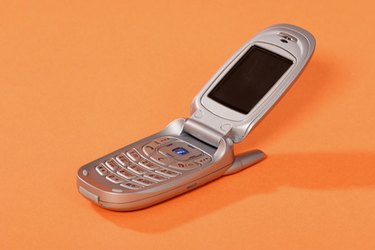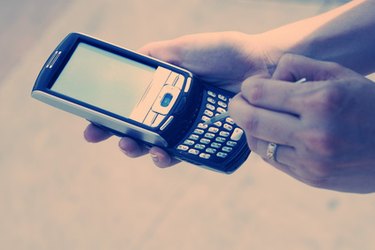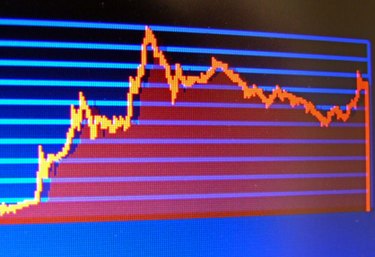
Mobile commerce allows people to conduct business, perform transactions and analyze financial data on-the-go. At one point in time, individuals could only conduct commerce in-person or through a landline telephone. Mobile devices, such as smart phones and PDAs, have removed these limitations. One doesn't have to look far to find examples of mobile commerce in everyday life.
Mobile Banking
Video of the Day

Mobile banking is a popular form of mobile commerce because it allows consumers to check their bank account balances wherever they are. Many banks provide a free service that allows customers to check their balance via text message. Applications for smart phones provide alerts when money starts to run low and allow depositors to transfer money without a visit to the bank.
Video of the Day
Mobile Purchases

Smart phones allow consumers to shop just as they would on a regular computer. Customers can purchase goods using a mobile Web browser or using one of the many applications online retailers make available for download. In 2008, Amazon launched a service called TextBuyIt that allows shoppers to checkout using text messages.
Using the Starbucks Card Mobile App, iPhone users can pay for coffee at more than 1,000 Starbucks locations without pulling out wallets or digging through purses.
Mobile Investment

Because the stock market changes constantly, investors often use mobile phones to conduct transactions and check stock prices. Many smart phones come with preinstalled applications for checking stocks. Third-party software provides additional functionality. When it comes to buying or selling shares, a stock broker is only a phone call away.